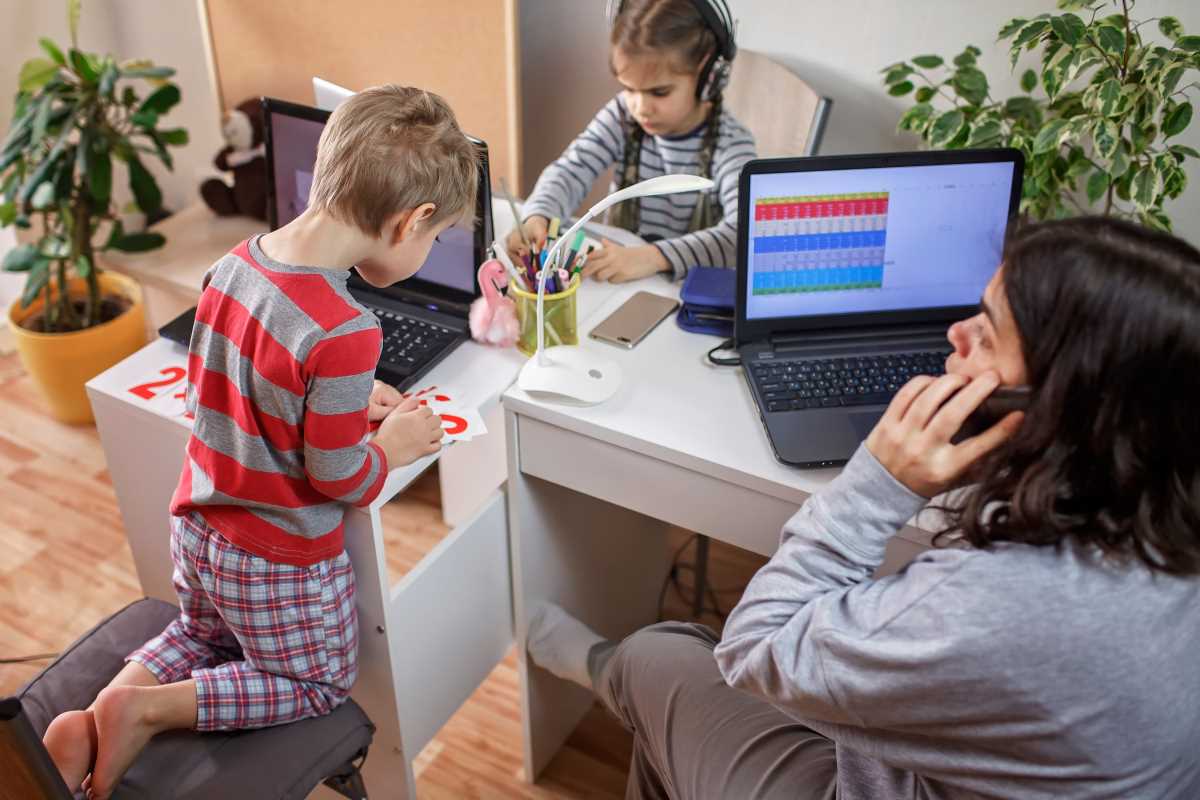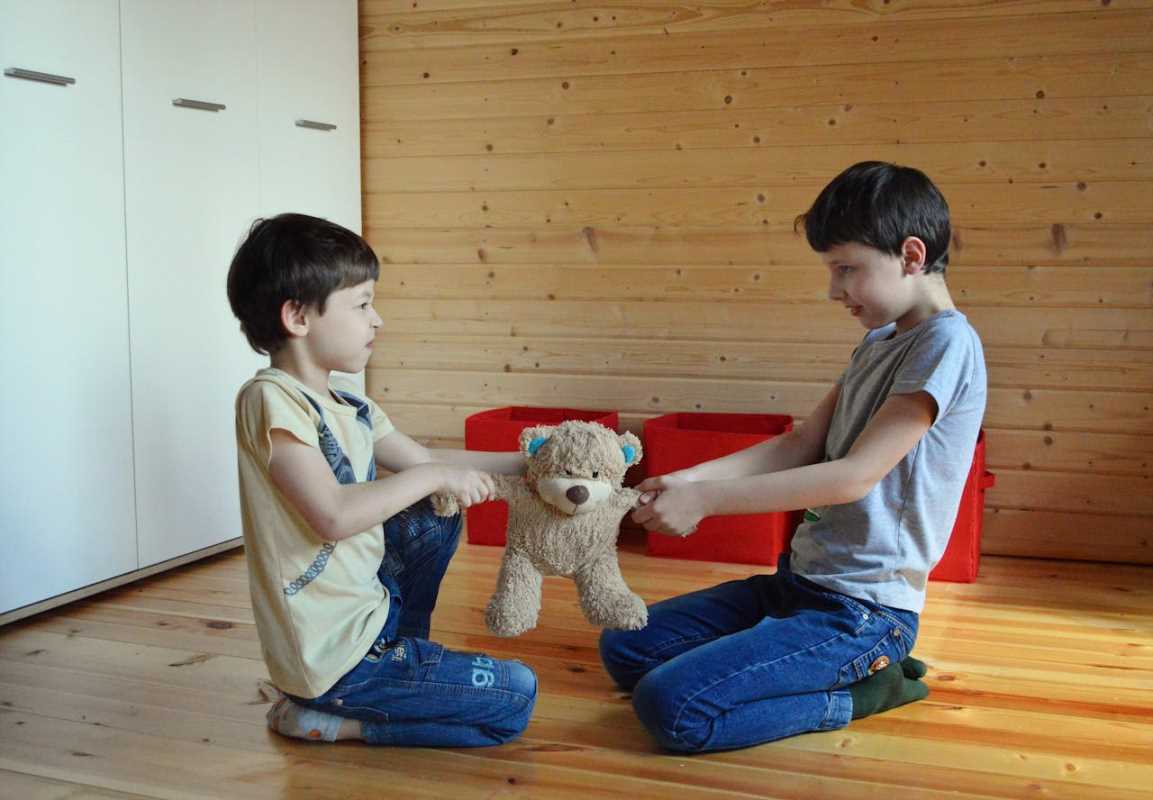Balancing the needs of siblings with significant age differences brings both joy and complexity to family life. Younger children may seek more guidance and involvement, while older siblings often enjoy greater independence and may have new responsibilities within the home. Navigating these relationships requires thoughtful approaches that help every child feel important, all while keeping life manageable for parents. By adopting a mix of new routines and engaging activities, families can encourage stronger bonds among siblings and make daily interactions more enjoyable for everyone. This article presents seven creative ideas that parents can easily introduce, each one crafted to support connection and harmony among children of all ages.
Create Age-Appropriate Shared Activities
- Cook-Along Sessions: Pair an older child who loves experimenting in the kitchen with a younger one eager to stir and sprinkle. Let them choose a theme—tacos, smoothies or pancakes. As they share tasks, the older one practices leadership and the younger one learns from hands-on involvement.
- Art Stations: Set up two tables side by side with different supplies—one table stocked with sophisticated sketch pads and watercolor sets, the other with sturdy crayons and big sheets of paper. Invite siblings to swap drawings midway so they admire each other’s styles.
- Outdoor Challenges: Design a backyard scavenger hunt that includes both easy clues for little ones and tricky riddles for teens. Working together sparks conversation and teamwork across ages.
These activities play to each sibling’s skill level while encouraging teamwork. Kids build confidence by teaching or helping one another, and that positive interaction strengthens their bond long after the project ends.
Rotating responsibility for planning these shared moments also keeps them fresh. Give each child a turn to pick the activity and lead the session. This way, everyone learns to respect different interests.
Implement a Flexible Routine
- Map Out Core Blocks: Identify morning, afternoon, and evening windows that stay consistent daily—family breakfast, homework hour, bedtime wind-down.
- Embed Choice Periods: Allocate 30 minutes in each block for tasks tailored by age. Younger siblings might do learning games while older ones read or work on projects.
- Schedule Swap Days: Once a week, switch those extra periods. Let younger kids dabble in a teen-friendly activity and vice versa. This sparks curiosity and teaches adaptability.
- Review Together: Every weekend, gather as a family to tweak your routine based on feedback. This ensures every sibling feels heard and routines stay realistic.
Having a basic structure helps prevent conflicts over who gets attention or resources. Flexibility inside that structure keeps monotony away, making each day feel balanced and fair.
This method also teaches kids self-management. Older children learn to balance schoolwork and hobbies, and younger ones pick up time-awareness skills.
Designate Personal Spaces for Each Child
Children value a personal corner where they can express themselves. For a toddler, a low shelf with favorite picture books and plush toys works wonders. A teenager can have a desk with mood lighting, a bulletin board and a charging station for electronics. These private zones give each child a sense of ownership and respect.
Even in small homes, you can carve out micro-spaces. Hang a curtain to separate bunk beds, use room dividers or repurpose a closet nook. Decorating these areas together allows siblings to set boundaries and learn compromise over shared decor items.
Encourage Peer Mentoring
Older siblings often brighten when trusted with guidance roles. Pair a second grader struggling with reading with a high-schooler who enjoys literature. Provide simple mentor guides—flashcards, comprehension questions or story-mapping sheets—so the older kid leads structured sessions.
Mentoring boosts the older child’s sense of responsibility and gives the younger one a familiar coach. Celebrate progress milestones—first book completed, improved test scores—to keep motivation high and reinforce the value of their partnership.
Schedule One-on-One Time
Group hugs are wonderful, but individual moments matter deeply. Block out Saturday afternoons or weekday evenings for one child at a time. During that hour, focus solely on shared interests—playing catch, baking cookies or exploring local trails. Turn off phones and ignore household chores until the slot ends.
These dedicated sessions show each child they’re important on their own merits, not just part of a team. Over time, siblings feel more secure and less inclined to compete for parental attention.
Launch Collaborative Projects
Design longer-term projects that require different skills. Building a backyard birdhouse involves measuring wood and hammering under teen supervision, while little ones handle painting and birdseed fillers. Larger projects like planting a vegetable patch let older kids manage layout and watering routines, and younger kids sow seeds or make plant markers.
Completing these projects together provides a shared goal that transcends age divides. The sense of joint achievement leaves everyone proud and reminds families that cooperation yields lasting rewards.
Introduce Rotating Leadership Roles
Create a weekly leader board that rotates responsibilities like setting the table, choosing the evening playlist or wrapping up family chores. Each child gets a week as “House Captain,” earning small privileges—first pick at dinner dessert or deciding the movie on movie night.
This structure lets younger kids experience leadership with manageable tasks, while older siblings practice delegation and communication. It also prevents older children from dominating decisions and ensures the youngest voices get heard.
Managing age gaps requires effort, but these approaches help build lasting family bonds through shared experiences and personal growth.
 (Image via
(Image via





